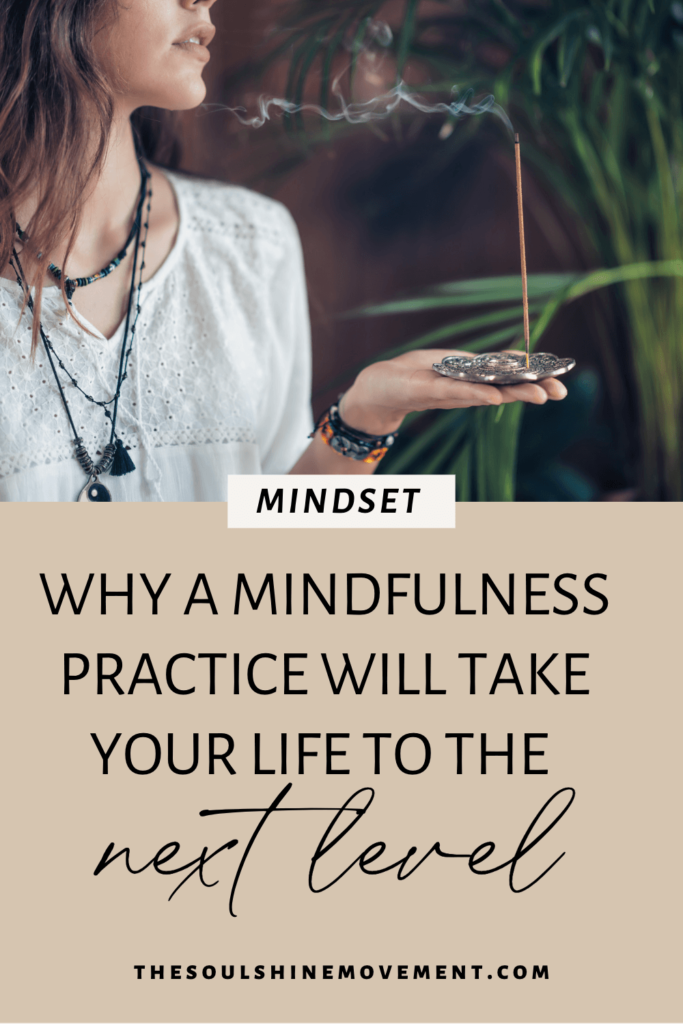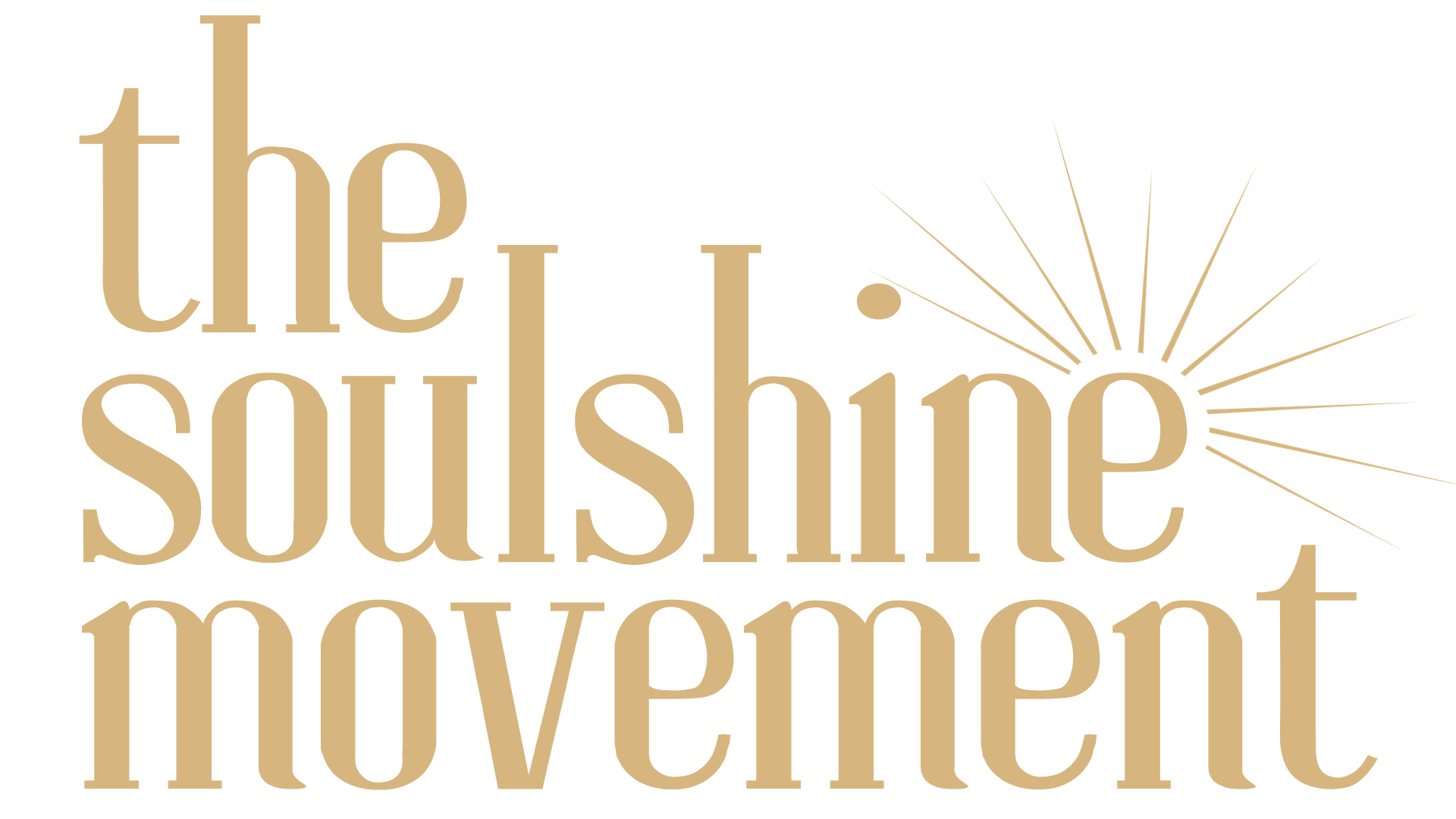Most people are familiar with the term mindfulness, but many people lack a true understanding of what mindfulness is. The concept is relatively simple, but the actual practice of mindfulness can prove to be much more difficult (but well worth it!)
Mindfulness is the practice of bringing intentional awareness to the present moment. This involves paying attention to where your mind wanders and taking note of your thoughts without judgment.
When thinking about a mindfulness practice, you might imagine Buddhists meditating or a peaceful yogi sitting cross-legged with their eyes closed. These classic associations are common for good reason – mindfulness originated as an Eastern practice with roots in Hinduism and Buddhism.
While mindfulness has been around for thousands of years, it has only been popularized in Western culture in recent years. We have Jon Kabat-Zinn to thank for that, a professor known for bringing mindfulness into Western medicine and society. He founded Mindfulness-Based Stress Reduction (MSBR), a technique to use mindfulness as a treatment for stress, depression, and even physical pain.
Getting Started With a Mindfulness Practice
Mindfulness can be a difficult practice to get started with and may even seem counterintuitive in the beginning. We live in an era of busyness where people are constantly rushing from one thing to the next, with seemingly never enough time in a day to get everything done.
For years, I was one of those people who thought I didn’t have time for mindfulness or meditation (there is a difference, explained later in the post). Why would I sit and meditate for 10 minutes when I could be getting something else done?
I was missing the point.
When we’re living crazy, hectic lives with no time to stop and breathe is when we actually need mindfulness the most. We get so caught up in this fast-paced lifestyle that we don’t take the time to reflect on what matters most, and can lose sight of who we really are and what we value most.
“When we get too caught up in the busyness of the world, we lose connection with one another – and ourselves.”
– Jack Kornfield
When we incorporate mindfulness into our day, we can slow down, become in tune with our mind and body, and regain clarity and control in our lives.

Benefits: Why a Mindfulness Practice Will Take You to Next Level Performance
So, why practice mindfulness? Everyone has their own reasons, but there are a variety of proven benefits that will greatly improve your quality of life. Starting a mindfulness practice can help you to:
- Reduce anxiety and depression
- Improve focus
- Improve emotional regulation (i.e. better control emotional outbursts and reactions)
- Improve sleep
- Increase the mind-body connection
Practicing mindfulness requires bringing awareness to your inner self, which in turn (when practiced consistently and without judgment) leads to unconditional self-acceptance and love. That, combined with the benefits identified above, results in a level of well-being and fulfillment that many people in this world will never experience.
When you’ve implemented a consistent mindfulness practice into your day, you can begin to experience next level performance in so many areas of your life.
Science of Mindfulness
Maybe you think the idea of mindfulness is a little woo-hoo (in which case, you’re certainly not alone. I’m still a bit nervous to talk about mindfulness to my friends and family because I’m sure many of them are in the same camp and will think I’m slightly crazy).
I’m here to tell you that while on the surface mindfulness might seem a little out there, there is actually a lot of science behind it.
How a Mindfulness Practice will Affect your Nervous System
For starters, it has an incredible effect on our nervous system. If you’re not familiar with your autonomic nervous system, it controls physiological processes such as your blood pressure, heart rate, and digestion. The autonomic nervous system is made up of two branches: the sympathetic nervous system and the parasympathetic nervous system.
The sympathetic nervous system is responsible for reacting and responding to stress. And stress is more prevalent in our lives than ever before – the World Health Organization has classified stress as the health epidemic of the 21st century.
When our sympathetic nervous system is activated to deal with stress, our body releases stress release hormones such as adrenaline and cortisol and enters a state of “fight or flight”. In isolated periods of stress, once the stressor has been dealt with, our parasympathetic nervous system takes over.
The parasympathetic nervous system is responsible for the relaxation response, also known as the “rest and digest” state. It is vital to the functioning of our immune system and overall health.
However, more and more people are facing chronic stress which leads to the sympathetic nervous system to constantly be activated, which can result in negative health effects such high blood pressure and cardiovascular disease.
We often allow ourselves to live in this state for prolonged periods of time and anchor our return to a normal state on a specific outcome, such as getting a new job or finally paying off debt. This can have damaging implications on our long-term health that most people are unaware of. So, how can we fix this?
Cue, mindfulness. Studies have shown that a mindfulness practice reduces the size of the amygdala, which is responsible for the “fight or flight” response.
A mindfulness practice can help us disconnect from our stressors, especially when they are ongoing. The power of awareness and being able to notice a thought and let it go (assuming you’re not in imminent danger) decreases our physiological stress response, ultimately leading to better physical and mental health.

Mindfulness and Neuroplasticity
Neuroplasticity is your brain’s ability to modify or change through growth and reorganization. New experiences, our environment, and practice leads to new neural connections and the strengthening of our brain.
Related Reading: Neuroplasticity and the Growth Mindset
Some of the functions of our brain that we can strengthen through a mindfulness practice relate to our ability to focus, our ability to decrease stress, and our ability to control our emotions.
“Just as you can deliberately lift weights to build strength and dexterity in a specific muscle over time, you can also exercise certain brain networks associated with core cognitive functions (like attention, logic, and memory) and emotion regulation (like quelling anxiety or negative reactions).”
– Maggie Seaver
As with most things, consistency is key. You won’t build new neural connections with just one mindfulness practice, just as you wouldn’t be able to perfect a handstand in a day. It takes practice and time.
Through being intentional with a mindfulness practice, we can restructure our brain and change the way we think and react in our lives.
Convinced that mindfulness can change your life for the better? Here are some tips on how to get started.
Practicing Mindfulness
Many people confuse mindfulness with meditation, but they’re not the same thing. Meditation is one of the many forms in which we can practice mindfulness. And to be quite honest, meditation is not for everyone. I’ve recently started a meditation practice, but a lot of days it can still feel like a struggle.
I continue with it because I’ve experienced many of the benefits identified above, but if you can’t get into meditation, there are plenty of other ways you can start a mindfulness practice.
Here are some ideas to get your started:
- Practice mindful eating
- Allow space for your emotions and be compassionate with yourself
- Be intentional when you are listening to others
- Practice breathwork
- Spend time in nature and pay attention to your senses
- Focus on one task at a time (and when your mind wanders, gently bring it back to the task)
- Build a relationship with yourself. Become in tune with your core values and how you want to show up in your life
- Be present in your relationships with others
Mindfulness is quite simple in practice. It is all about connecting with yourself, building awareness, and engaging deeply with life. It allows you to build a relationship with your mind and better understand your own mind-body connection.
Final Thoughts
A mindfulness practice can fundamentally change your thoughts, feelings, and actions – how you show up in your everyday life. When practiced consistently, it will open up opportunities for next level performance all throughout your life.
Do you currently have a mindfulness practice? If not, what 3 actions from above can you take to get started?











0 Comments